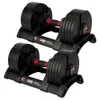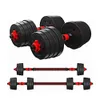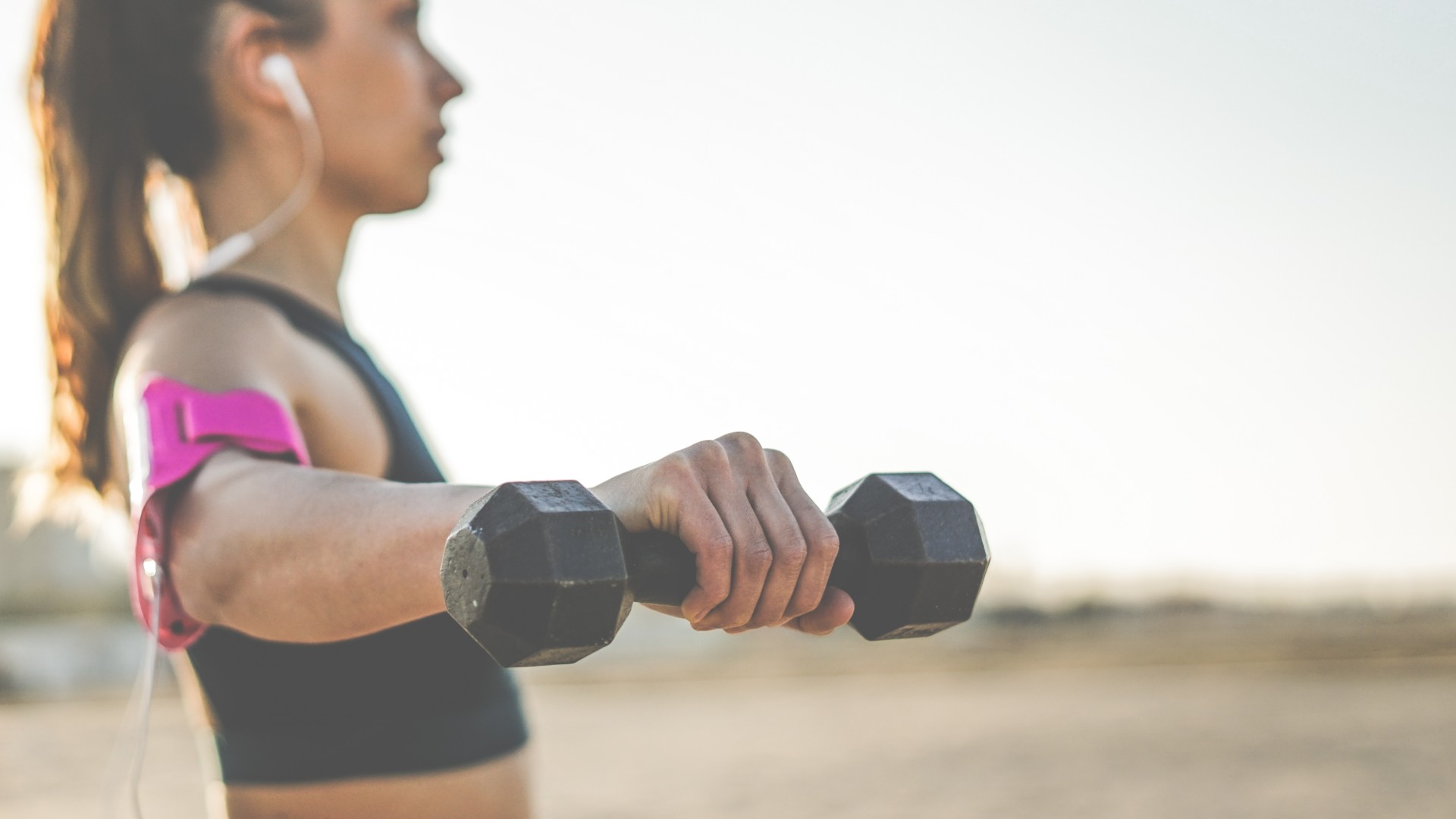
Exercises for wrist pain, anyone? These five upper body exercises reduce wrist pain, build strength and flexibility in your shoulders, arms and wrists, and only take five minutes.
Maintaining strong and healthy wrists benefits your functional fitness, improving your grip strength, helping you lift heavier weights during workouts, protecting your body from injury and helping you perform your daily tasks.
We spoke with Alison Hughes, chartered physiotherapist and founder of Thistle Physio, for her advice when picking wrist strengthening exercises and the best exercises for wrist pain. You don’t need much time to perform them, but we recommend a set of the best resistance bands and a light dumbbell. If you don’t have weights, we provide other options below. Here’s how to strengthen your wrists — and why you should.
What are the 5 best wrist strengthening exercises?
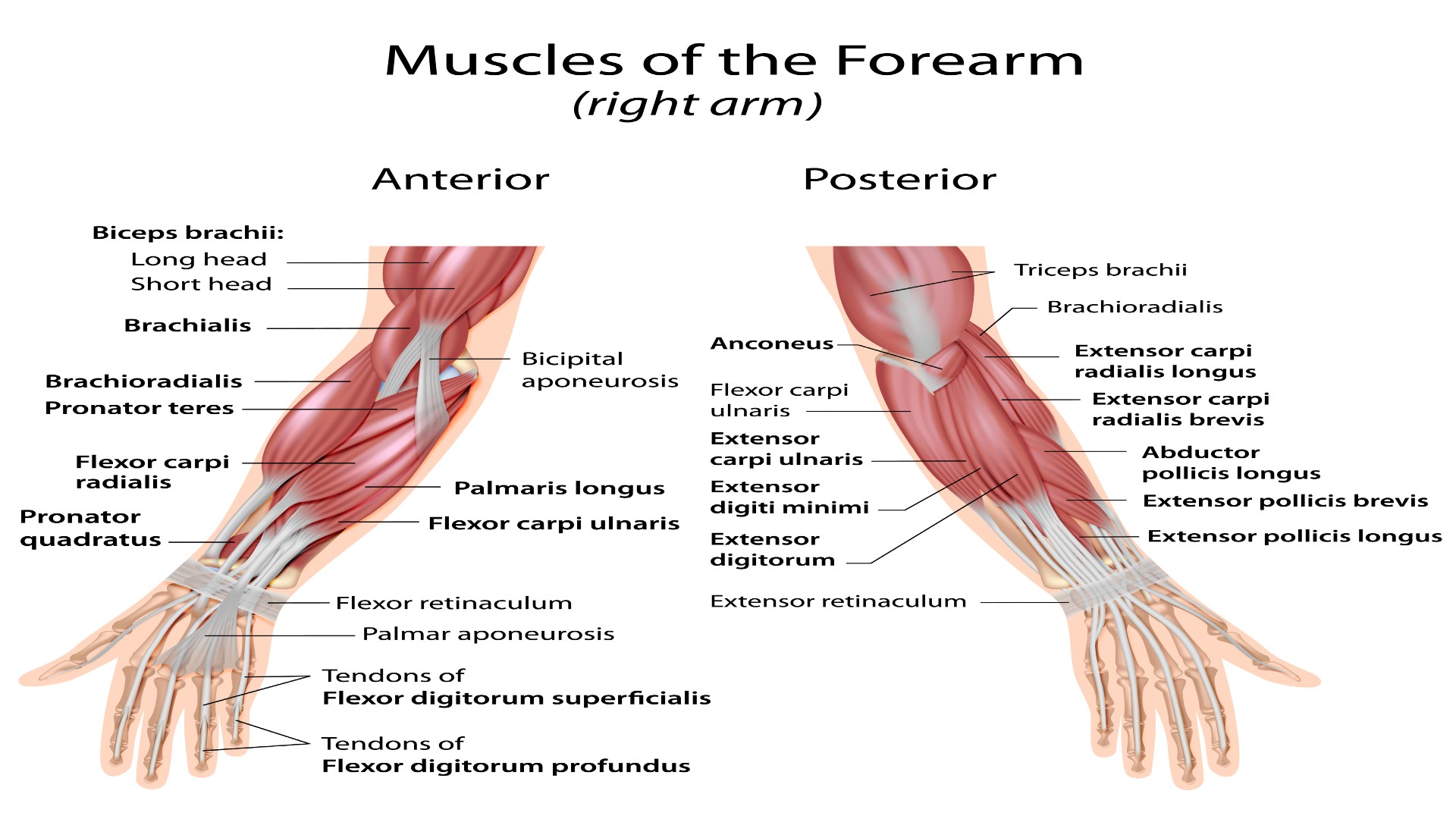
According to Hughes, wrist strength and flexibility play a pivotal role in everyday life, so these exercises for stronger wrists can help. “Whether you’re typing away on a computer, lifting weights at the gym, performing routine household chores, or even using a smartphone, your wrists are constantly engaged,” she says.
But how often do you prioritize your wrist strength during workouts? “Neglecting proper wrist care can lead to issues such as carpal tunnel syndrome, tendinopathy and limited range of motion. All of which can cause pain, discomfort and reduced function,” Hughes explains.
“To help look after your wrists, it’s important to factor them into your exercise regime. Or, if you’re already suffering from existing wrist pain and hoping to alleviate it, these exercises can help.”
Wrist flexor and extensor stretch
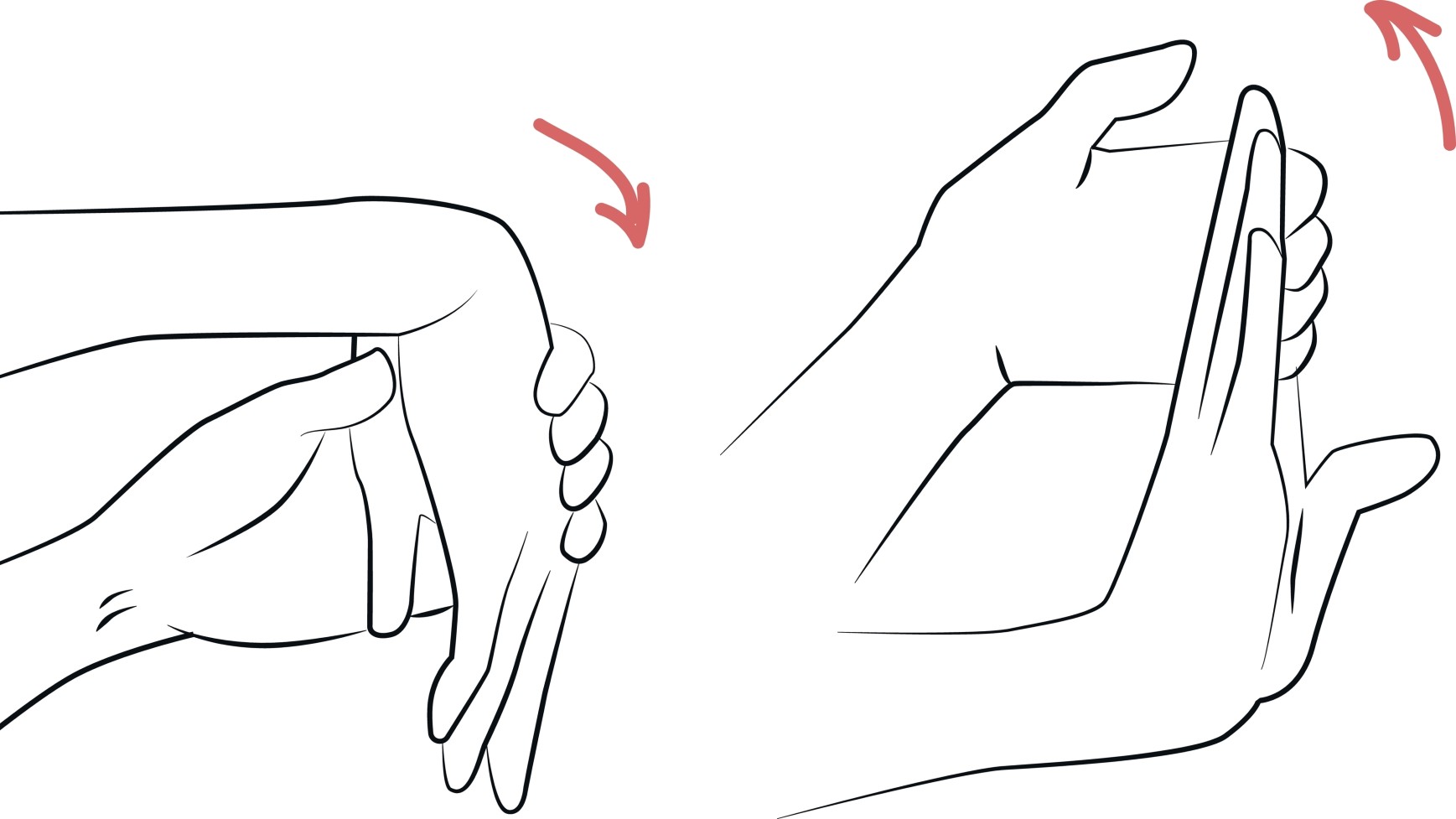
Your wrist flexors and extensors are part of the muscles that make up your wrists, so this strengthening wrist exercise is top dollar.
Sign up to get the BEST of Tom's Guide direct to your inbox.
Get instant access to breaking news, the hottest reviews, great deals and helpful tips.
Here’s how to stretch them:
- Start in a seated or standing position with good posture.
- Extend one arm in front of you at shoulder height, palm facing downwards.
- Use your opposite hand to gently press down on your fingers until you feel a stretch in your wrist and forearm (wrist extensor stretch).
- Hold for 15-30 seconds, then switch sides.
- Repeat the same process with the palm facing upwards to stretch the wrist flexors.
Wrist flexor strengthening with dumbbell
Like any other muscle, your wrist flexors respond to weight-based exercises. “This one is focused on dumbbells,” Hughes says. “But weighted objects such as a tin of beans can act as an alternative.”
Here’s how:
- Sit on a chair or stand with your forearm supported on a table, with your palm facing upwards and hold a light dumbbell (0.5kg to 1kg) in your hand.
- Slowly curl your wrist upwards, lifting the weight as high as comfortably possible.
- Lower the weight back down slowly to the starting position.
- Perform 2-3 sets of 10-15 repetitions on each side.
Wrist extension with resistance band
Hughes recommends using resistance bands to aid strength and flexibility.
Here’s how:
- Sit or stand with your right forearm supported on a table or your thigh, with your palm facing downward so that it hangs over the edge of the table/thigh.
- Hold one end of the resistance band with your right hand.
- Then, loop the other end of the band around the fingers of your left hand, or secure underfoot.
- Slowly extend your wrist upwards against the resistance of the band, then return to the starting position.
- Perform 2-3 sets of 10-15 repetitions on each side.
Wall push-ups
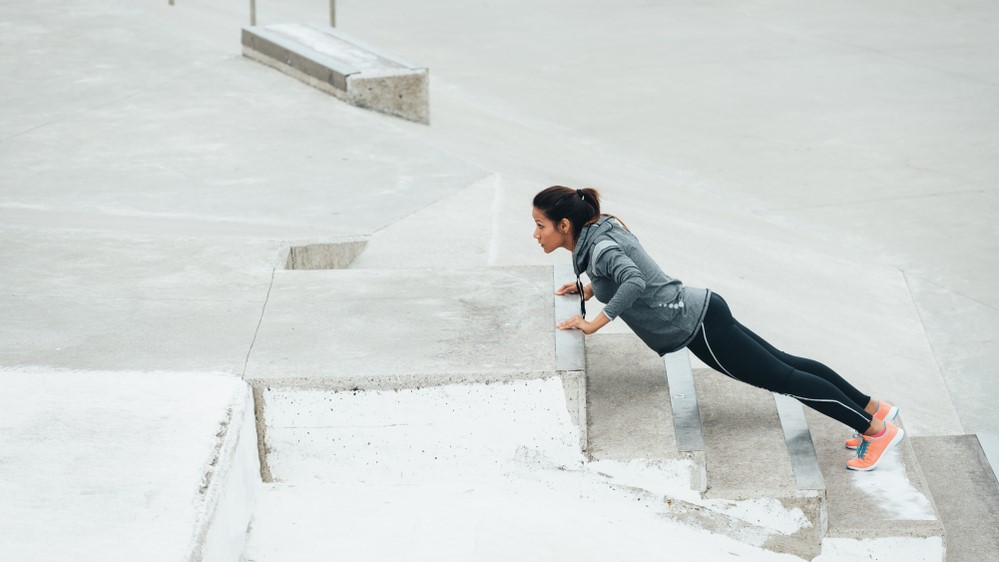
Alongside your wrists, it’s crucial to strengthen your forearms and shoulders to help protect your wrists. Pain in one area can sometimes indicate an area of weakness elsewhere, especially relating to your shoulder health and upper body strength.
Here’s how to do wall push-ups:
- Stand facing a wall with your arms extended at shoulder height and hands flat against the wall.
- Lower your chest towards the wall by bending your elbows, pause, and then push yourself back to the starting position.
- Perform 2-3 sets of 8-12 repetitions, keeping your wrists in line with your shoulders and maintaining proper form throughout.
Forearm plank
“Traditionally associated with core strength, planks are another exercise that can help improve your overall strength and stability,” Hughes explains.
Here’s how to do a plank exercise in more detail:
- Begin in a plank position with your forearms on the ground, elbows directly beneath your shoulders and your body in a straight line from your head to your heels.
- Engage your core muscles and hold this position for 30-60 seconds.
- Keep your wrists aligned with your elbows and maintain a neutral spine throughout the exercise.
“All these stretches and exercises can help improve wrist strength and flexibility and reduce pain while also targeting the muscles of the forearms and shoulders to improve your overall upper body strength and stability,” Hughes adds. “Start with light resistance and gradually increase as tolerated.”
The benefits of wrist strengthening exercises
Strengthening your wrists could keep your arms strong and vice versa, helping to prevent overuse, pain and injury. If you currently suffer from wrist pain, we always recommend seeking medical advice from your physician, physiotherapist, or similar before starting a new exercise regime.
Start with one or two exercises and spend five minutes on the exercises, following the rep, set and timing recommendations provided above. Over time, you might add or replace exercises, complete the five exercises as a wrist exercise routine, or spend longer doing them, but build slowly and stop if you experience prolonged, persistent, or sharp pain.
You can perform these exercises daily to ease wrist pain or use them as a preventative measure.
More from Tom's Guide
- Forget sit-ups — you only need 1 kettlebell and 3 moves to build a stronger core
- Sciatica? Try these 3 doctor-approved exercises for pain relief
- I'm a personal trainer, and this is the biggest workout mistake I see in the gym

Sam Hopes is a level 3 qualified trainer, level 2 reiki practitioner and senior fitness writer at Tom's Guide. She is also currently undertaking her Yoga For Athletes training course. Sam has written for various fitness brands and websites over the years and has experience across brands at Future such as Live Science, Fit&Well, Coach, and T3.
Having worked with fitness studios like F45 and Virgin Active, Sam now primarily teaches outdoor bootcamps, bodyweight, calisthenics and kettlebells. She also coaches mobility and stretching-focused classes several times a week and believes that true strength comes from a holistic approach to training your body.
Sam has completed two mixed doubles Hyrox competitions in London and the Netherlands and finished her first doubles attempt in 1:11.
